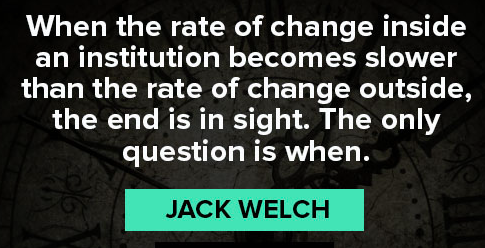
What's the top of mind most CEOs right now?
Keeping up with the ever-accelerating rate of change.
Before the pandemic (circa 2015 to 2018), futurists and columnists were writing about digital transformation and how technology was creating ”the biggest change we’ve ever seen.” Fast forward three years after a pandemic, chaos, uncertainty, and the emergence of AI, and the change we experienced then seems like a cakewalk compared to today.
To keep up with the pervasive, perpetual, and exponential rate of external change, we know we must change the inside of our organizations. And for most leaders, it’s not happening fast enough or effectively enough. Executive leaders need a better map for how to ignite, manage, and accelerate internal change so they can be agile and prepared for external change.
So, the question is: how do we speed up internal change, make sure it’s the right change, and ensure it sticks?
Speed up the tempo of your critical management practices
When writing or performing music, composers, conductors, and musicians are attuned to the speed of the music, better known as the tempo, or beats per minute (BPM).
Your organization already has a tempo, or what we call a “beat” at SHIFT. In times of change, speeding up the tempo will build momentum and condition your culture to be comfortable with change, learn continuously, and respond swiftly.
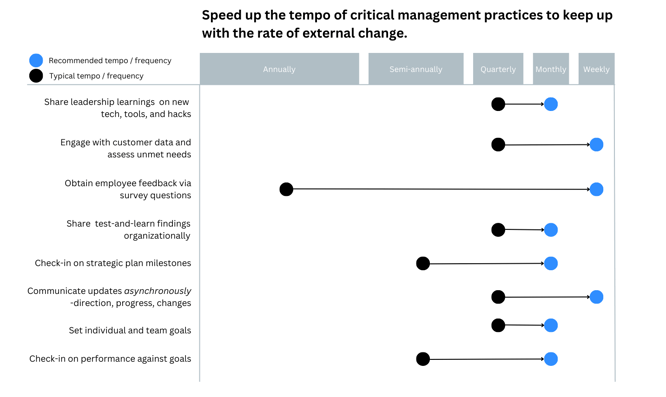 Face change resistance and failures head on.
Face change resistance and failures head on.
A few months ago, about the instinctive and unconscious ways we all respond to change.And while change can be grueling, especially for leaders stuck between external demands and internal change fatigue, it is critical to keep our organizations thriving.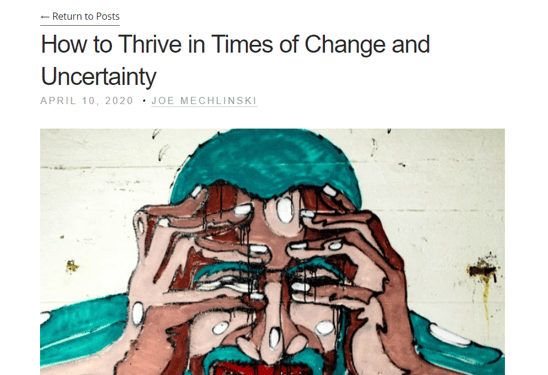 In a meeting with a COO last week, after reviewing her pulse data in Latch and the open-ended comments from her team, she said, “Digesting this makes me question if what I’m doing as a leader is working.”
In a meeting with a COO last week, after reviewing her pulse data in Latch and the open-ended comments from her team, she said, “Digesting this makes me question if what I’m doing as a leader is working.”
The reality is probably true for a lot of leaders..
When’s the last time you brought your leaders together to talk openly about what’s working and not working and how you can remedy it?
In the past 4 weeks, we’ve facilitated a workshop called “Resistance to Resilience: Thriving in Times of Change and Uncertainty” with several executive leadership teams.
Here’s what this workshop hits:
✅Doing a high-level review of the forecast, plans and predictions
✅Taking a deep dive into the gaps and problems showing up
✅Learning the top 5 reasons people have a hard time with change
✅Identifying the blindspots and how we can help each other see them
✅Facilitating an exercise to teach executive leaders how to get themselves unstuck
✅Unpacking the 3 reasons adversity, pressure and challenges are major unlocks
✅Sharing the fail-proof keys to managing change and getting everyone all-in
Feel free to rip these off and use them in your next executive leadership or hire us to facilitate and take it off your plate. We do this work day in and day out. hard to get off the hamster wheel so you can dedicate real focus to what will create true value.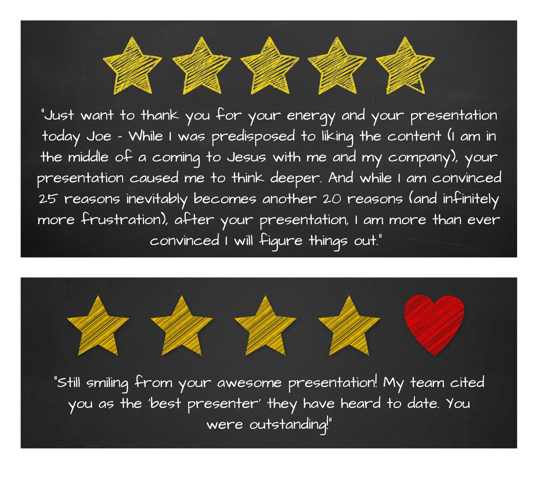
Don't Forget the human side of change
Leaders often neglect the all-important human side of the change equation. When people feel as though they are part of the change, it impacts the way they respond.
Understanding change-readiness: Most leaders are unsure or miscalculate how change-ready their teams are. Assessing organizational readiness will provide clarity on where change is hitting the team the hardest and what the impediments are to navigating change.
✉️Email me to get our top 20 change-ready survey questions for free.
Supporting employees personally and professionally: The best leaders remove barriers (both personal and professional) for employees. Poor change leaders focus only on results, so employees don’t get the support they need.
Influencing through involvement. Influence is about gaining the commitment necessary to drive change. It is also about identifying the change champions and defining what “buy-in” looks like. To get your top performers and change champions onboard, you must include them from the jump - Give them a voice, listen to what they say, and engage them to co-create the future with you.
A perfect example of this is how so many companies are handling return-to-office (RTO) - like we wrote about in this article.

Adapting to change can be a disruptive event. If change isn’t managed correctly, it can negatively impact an organization and how employees feel about their work. And when employees are disengaged, their performance drops, they leave altogether, and/or you waste precious, limited resources.
Alternatively, if you manage change well, the payoffs are huge.
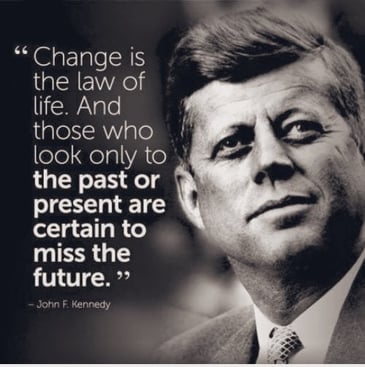
Keep changing & growing.







